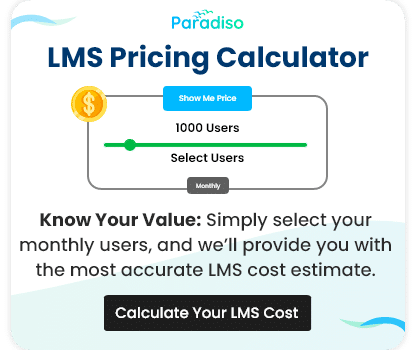Factors to Consider When Choosing
Choosing between an on-premise LMS and a cloud-based LMS involves evaluating several critical factors. Each organization must assess its unique landscape and strategic direction. Consideration of current resources and future aspirations is essential to make an informed decision.
Organizational Needs and Goals
Begin by assessing your organization’s specific goals. Are you prioritizing control over data or flexibility in access? On-premise LMS may suit organizations desiring high customization and data control. Conversely, cloud-based LMS offers versatility and accessibility, aligning well with goals focused on rapid adaptation and remote learning enhancement.
IT Infrastructure and Resources
Evaluate your existing IT infrastructure and resource capabilities. On-premise LMS solutions demand substantial internal support and robust server capacity. Organizations with limited IT support might face challenges here. Cloud-based systems, on the other hand, reduce the burden on internal resources, often making them more appealing for institutions with limited technical support.
Future Scalability
Consider your organization’s potential for growth. If you anticipate rapid expansion, the scalable nature of cloud-based LMS systems may be more beneficial. This type of system can easily accommodate increasing user demands without significant infrastructure changes. For organizations with stable growth forecasts or niche customization needs, an on-premise LMS might be more appropriate.













